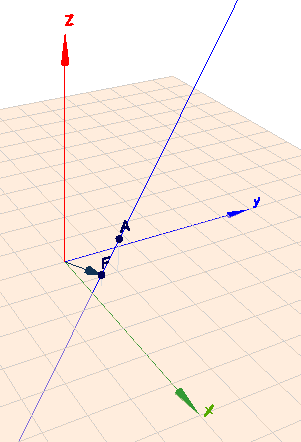(a) der analytische Beweis geht wie folgt:

Der Vektor \(f\) zum Fußpunkt steht senkrecht auf dem Richtungsvektor \(u\). Also ist ihr Skalarprodukt =0. D.h.: \(f \cdot u=0\). Wenn \(\lambda_f\) der Wert für \(\lambda\) ist, mit dem \(f\) erreicht wird, gilt:
$$f = a + \lambda_f \cdot u$$
Einsetzen in \(f \cdot u=0\) ergibt:
$$(a + \lambda_f \cdot u) \cdot u = 0 \quad \Rightarrow \lambda_f=-\frac{a \cdot u}{u^2}$$
Einsetzen in die Gleichung für \(f\) und man erhält die gesuchte Gleichung:
$$f = a -\frac{a \cdot u}{u^2} \cdot u$$
wobei \(u^2=|u|^2\) ist.
(b) \(u^2\) ist hier \(u^2=9\) und \(a\cdot u= 3\). Demnach ist \(f\):
$$f = \begin{pmatrix} 1 \\ 1 \\ 1\end{pmatrix} - \frac{3}{9} \begin{pmatrix} -1 \\ 2 \\ 2\end{pmatrix} = \frac{1}{3}\begin{pmatrix} 4 \\ 1 \\ 1 \end{pmatrix}$$

Gruß Werner